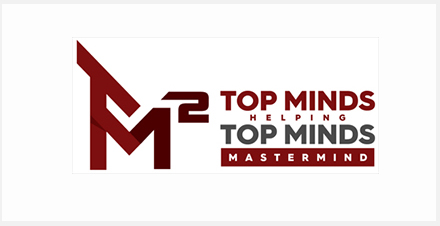In a company environment, digital transformation refers to embracing digital advancements. Embrace them to develop new, or change current, business operations. Digital change can also be used to modify a company’s culture or update customer experiences. Transformation is needed to meet changing business and market conditions.
What You Need to Know About Digital Change
Digital change has a different appearance for every business. Digital change is the integration of digital advancements within a company. When companies make this type of shift, it results in essential changes to how a company operates. It also provides value to its customers.
Cultural changes require companies to continuously challenge the current situation. To implement digital changes, businesses must experiment with different advancements. They must also become comfortable failing. This may mean retiring long-standing processes that helped build your business in favor of implementing new digital practices.
Why Digital Change is Important
There are several reasons why companies bring in digital change. The most common reason is to stay in business. At the start of the pandemic, it became critical for a company to adjust to supply chain issues. Market pressures and sudden changes to customer expectations became equally important.
Making digital changes will ensure that your company is ready for the next disruption.

About Digital Framework
While digital change is unique to each organization, there are a few common factors. Common digital alterations include:
• Company culture
• Leadership
• Customer experience
• Operational dexterity
• Workforce empowerment
• Digital technology assimilation
Each business has its own path to travel down. However, it may help to consider shared themes when you begin developing your company’s digital change strategy.
The Role of Culture in Digital Change
When company leaders start introducing digital change, the process may wind up shifting around workgroups and changing job titles. This is likely to make workers fear that their value at the company and jobs are at risk.
Starting a transformation begins with empathy. When you feel genuine empathy, you’ll be able to form trust with your workforce. If your entire organization is not onboard with the transformation, it will be tough to succeed.
What Inspires Digital Change
A vital element of digital change is technology. However, it’s usually more about getting rid of outdated processes and antiquated technology than about bringing in new advancements.
Key Trends in Digital Change
Digital change will help your company prepare for major market shifts and customer demands. A key trend will be to bring in processes that allow your company to pivot effectively. These processes should also help you manage change without impacting any of your customers.
Key trends in digital change may include:
• Embracing the cloud
• Focusing on resiliency
• Bringing in advancements that support sustainability
• Technology supported automation of your company’s processes
• A new focus on managing data
• Continuing with remote work
Digital Transformation will Help You Stay Competitive
Digital change will help your company operate more efficiently. It will also help your organization remain competitive. If you need help, contact me at the Productivity Intelligence Institute.













